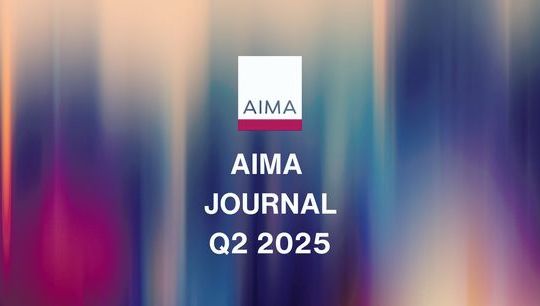NAIC Summer 2024 National Meeting
Published: 28 August 2024
From August 12-15, 2024, the National Association of Insurance Commissioners (NAIC) held its annual Summer National Meeting in Chicago, where significant developments in investment management and reinsurance were discussed. These discussions have implications for the insurance industry, particularly in areas concerning private credit ratings, actuarial guidelines for reinsurance, and updates to bond definitions.
Key Points
- NAIC's Authority to Challenge Private Credit Ratings: The NAIC's Valuation of Securities Task Force approved a proposal empowering the Securities Valuation Office (SVO) to restrict the use of a private credit rating by an insurance company if the SVO's analysis finds the rating unsuitable for regulatory purposes. This authority is expected to be used sparingly, and the SVO's rating must differ by at least three notches from the private rating. The proposal is still under review, with final approval anticipated before its effective date in January 2026.
- New Actuarial Guideline for "Asset-Intensive" Reinsurance: The NAIC’s Life Actuarial Task Force (LATF) exposed a draft actuarial guideline for asset adequacy testing in "asset-intensive" reinsurance. This guideline, currently under a 60-day public comment period, aims to heighten scrutiny on reserve requirements for such reinsurance. The NAIC is targeting year-end 2025 for the guideline’s implementation, though delays are possible due to its complexity.
- Tweaks to the New Bond Definition: The NAIC continues to refine its new bond definition, which impacts the classification of investments under Schedule D. A Q&A document was released to clarify the classification of certain investments, with further updates expected. The NAIC also proposed a clarification regarding debt issuance by funds, indicating that SEC registration is a safe harbour, but non-registered fund issuance could still qualify if the fund is an operating entitiy. Comments on this clarification are due September 27.
- Comprehensive Fund Proposal: The NAIC’s Risk-Based Capital Investment Risk and Evaluation Working Group (RBC-IRE) launched an initiative to ensure consistent treatment of funds with debt characteristics. This proposal may allow certain funds holding debt securities to receive NAIC designations and bond RBC factors, potentially reducing their capital charges.
- CLO Rating Methodology: The SVO provided an update on the development of a rating methodology for collateralized loan obligations (CLOs) that could replace private ratings for NAIC capital charges. A summary of test results and potential adjustments will be published in September.
- Capital Charges for Asset-Backed Securities: The American Academy of Actuaries is working on a framework for new capital charges for all tranches of asset-backed securities, starting with CLOs. Due to challenges in obtaining historical data, the next proposal is expected in early 2025.
These discussions reflect the NAIC’s ongoing efforts to enhance the regulatory framework for insurance investments and reinsurance.
For further information please contact Joe Engelhard ([email protected])










